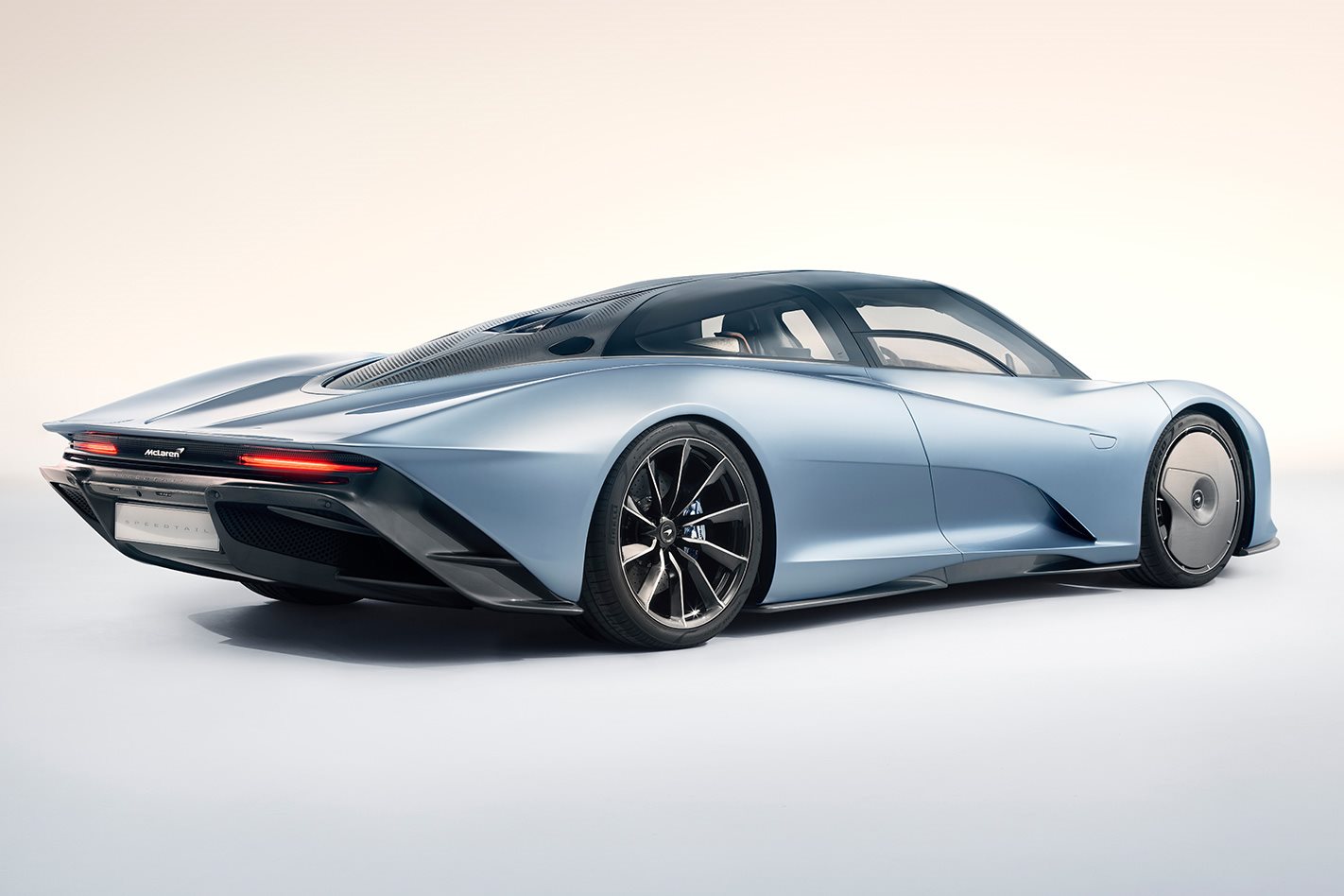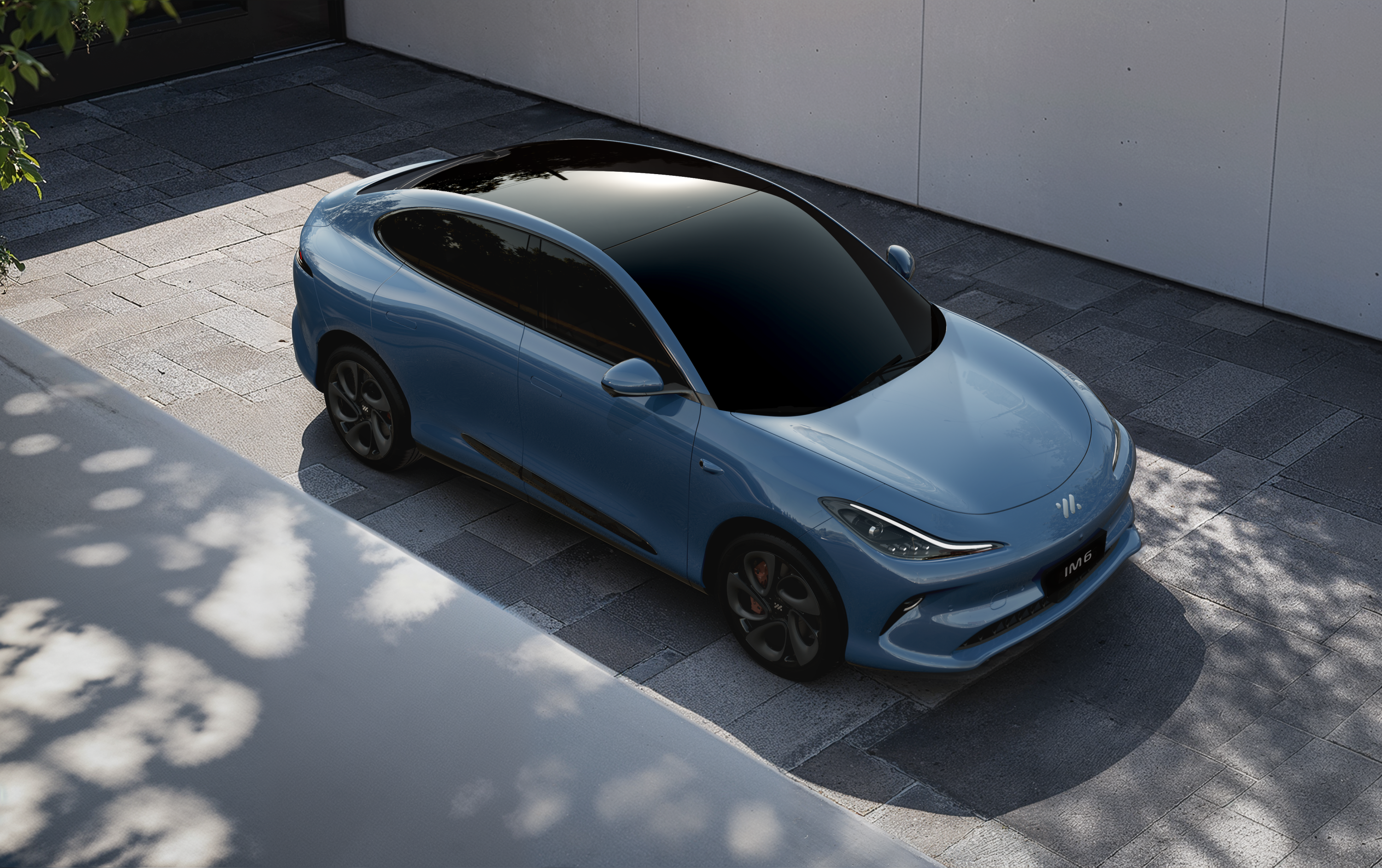THE SILKEN sheet has been whisked away, and McLaren has revealed its newest hypercar to the world in full. Against a soundtrack of jaws acquainting with floors, it’s fair to say the Speedtail has created quite a reaction.
Originally slated by its manufacturer as a successor to the McLaren F1, the Speedtail is the fastest car to ever come from Woking that doesn’t roll on a set of slicks and have Fernando Alonso’s name on the side.

Linking the F1 and Speedtail is the three-seat cockpit configuration, with the driver occupying a central position. However, that’s where the similarities between the pair start and end.
Powering the latest Ultimate Series model is a twin-turbo V8 and electric hybrid powertrain, which produces a monstrous 772kW.
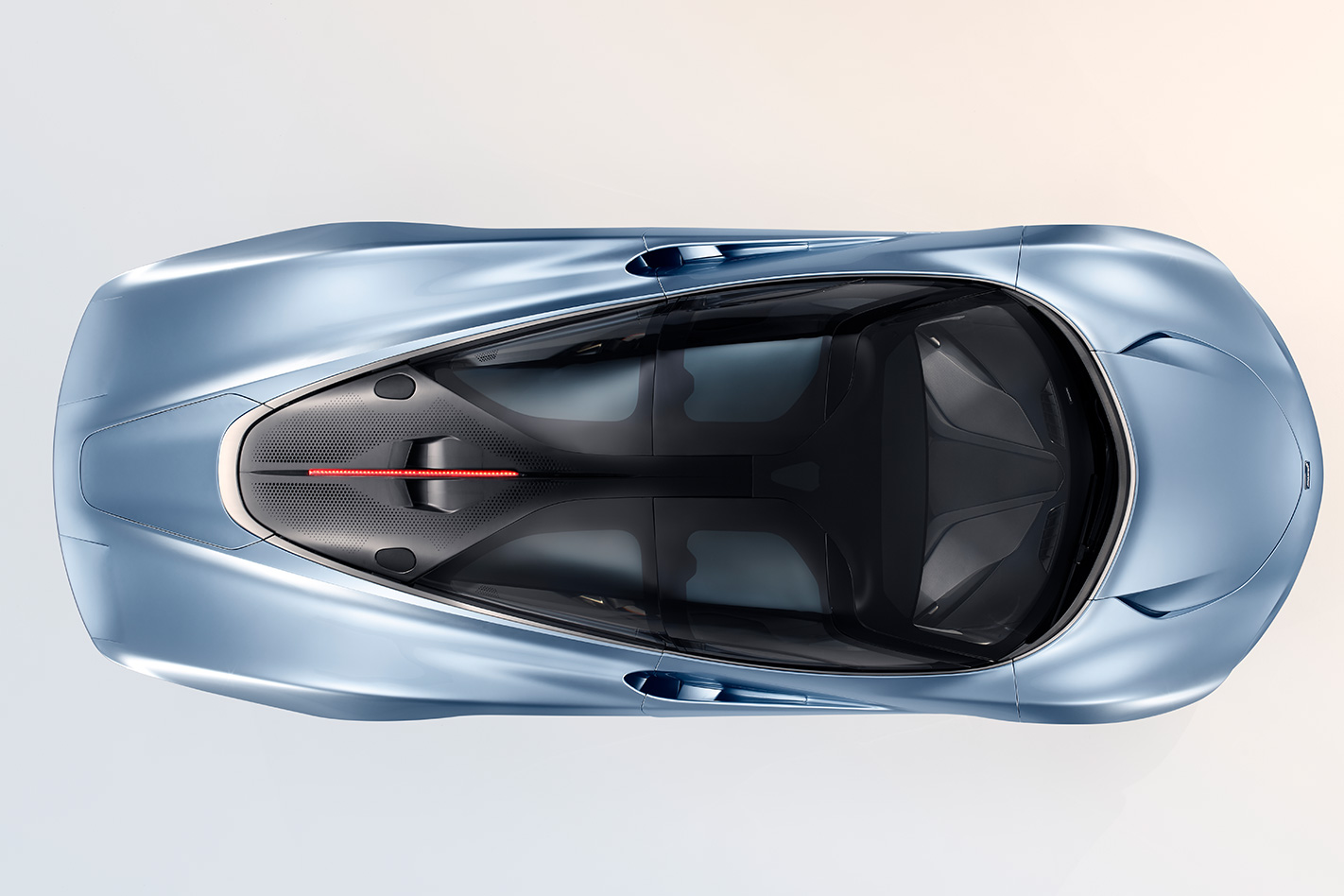
Simple 0-100km/h times don’t do a car geared like the Speedtail justice, straight line acceleration is instead measured in the much more impressive 0-300km/h sprint, which is taken care of in a scant 12.8 seconds. McLaren says the Speedtail will then keep on truckin’ to its limited top speed of 405km/h. This Vmax could allegedly be higher, but not on tyres civilised people could live with, according to McLaren.
The Woking team is being deliberately tight-lipped about the hybrid system that sits beneath the Speedtail’s teardrop-shaped exoskeleton, however McLaren CEO Mike Flewitt did reveal a small morsel of tantalising information.
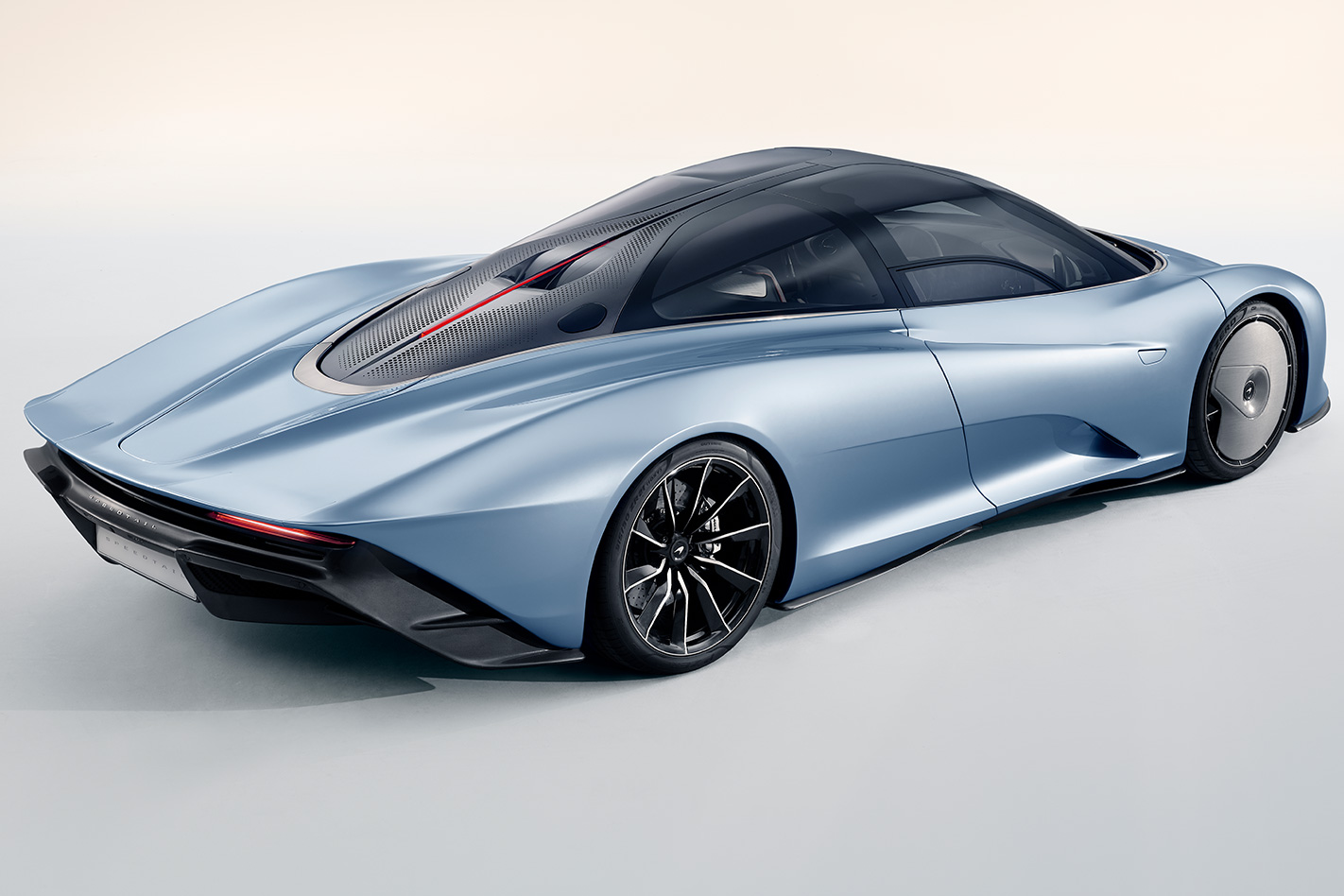
“It’s a direct-drive hybrid,” he told Wheels. “There’s no EV capability, and it’s a fast recharge, so if you use the energy that’s stored, it recharges in about 90 seconds.”
This indicates the system could be a high kWh, small capacity system, designed to provide an extra turn of speed, without operating as the sole drive system. Think early KERS in F1, or ‘Push to Pass’ in IndyCar.
The Speedtail is seen by McLaren as an Ultimate Series counterpoint to the rip-snorting track-focused Senna. Yet the ethos for the two vehicles sit at opposite end of the design spectrum. Where the Senna was brutalist function over form, the Speedtail offers us a more classically streamliner visual, with swooping lines untouched by garish wings and spoilers.

Just 106 will be built, each wearing a healthy $3.2 million price tag. The multi-million dollar cost won’t hurt sales though, with each Speedtail already allocated to a prospective owner despite deliveries not slated to begin until 2020.
While McLaren is obviously proud of the car’s performance abilities, the Speedtail turns its nose up at such uncouth pastimes as lap records and other associated hooliganism. This is a McLaren for those that wants to a vehicle with singular design, that just so happens to go very, very fast.
Aiding the flowing design is a distinct lack of wing mirrors, which have been replaced by high-definition cameras that pop out of the carbon-fibre body work as required, beaming their image onto two screens in the cabin.
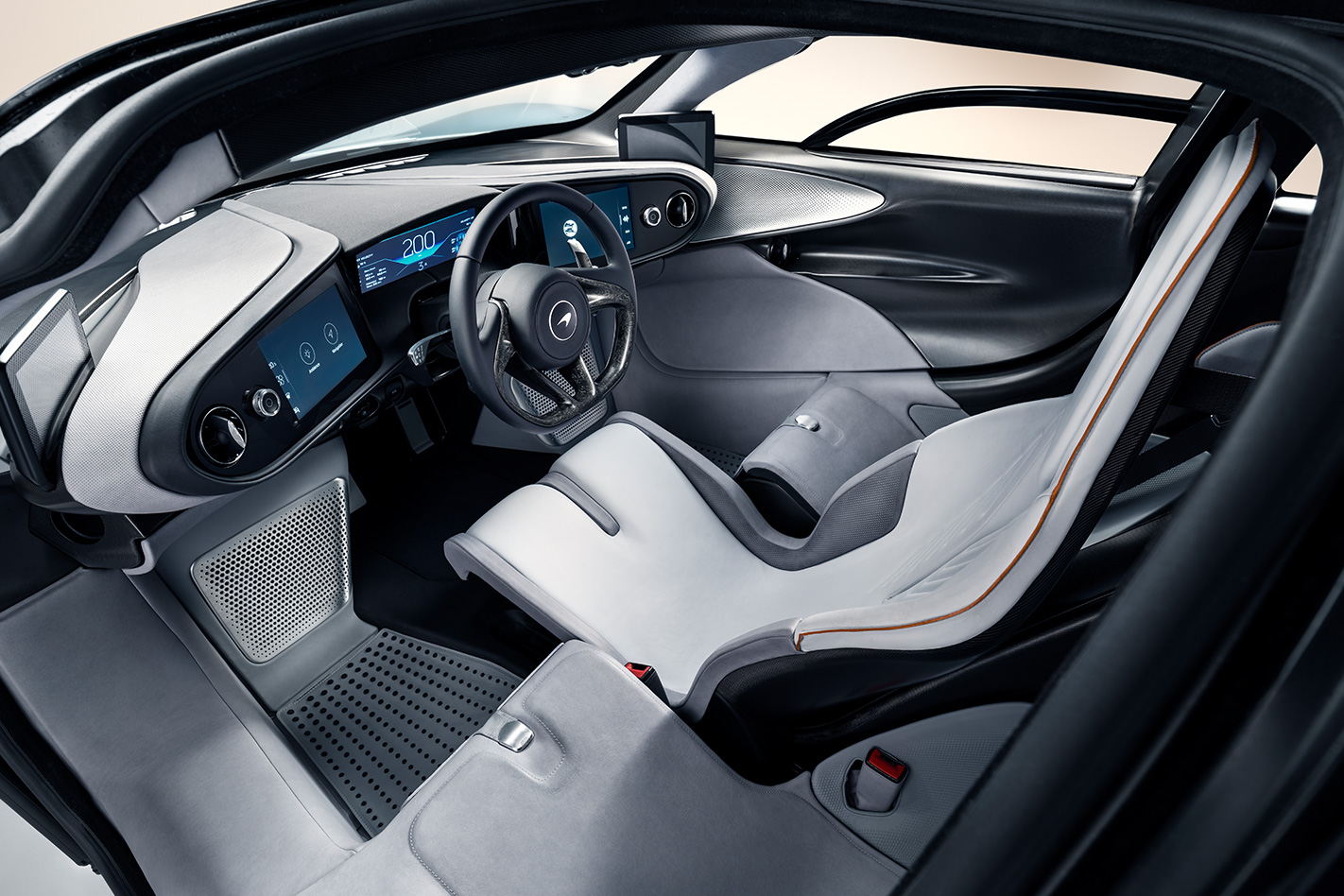
The 20-inch alloy wheels at the front of the car have been smothered by carbonfibre covers that remain fixed in place as the hidden wheels behind them spin, again helping boost aerodynamic efficiency.
Forgoing a large rear wing for high-speed stability, McLaren has opted for an active aero system designed with the help of NASA consisting of two tiny deformable carbon-fibre flaps that sit flush with the body work at the rear of the car, and that raise automatically to aid downforce or to act as an airbrake.
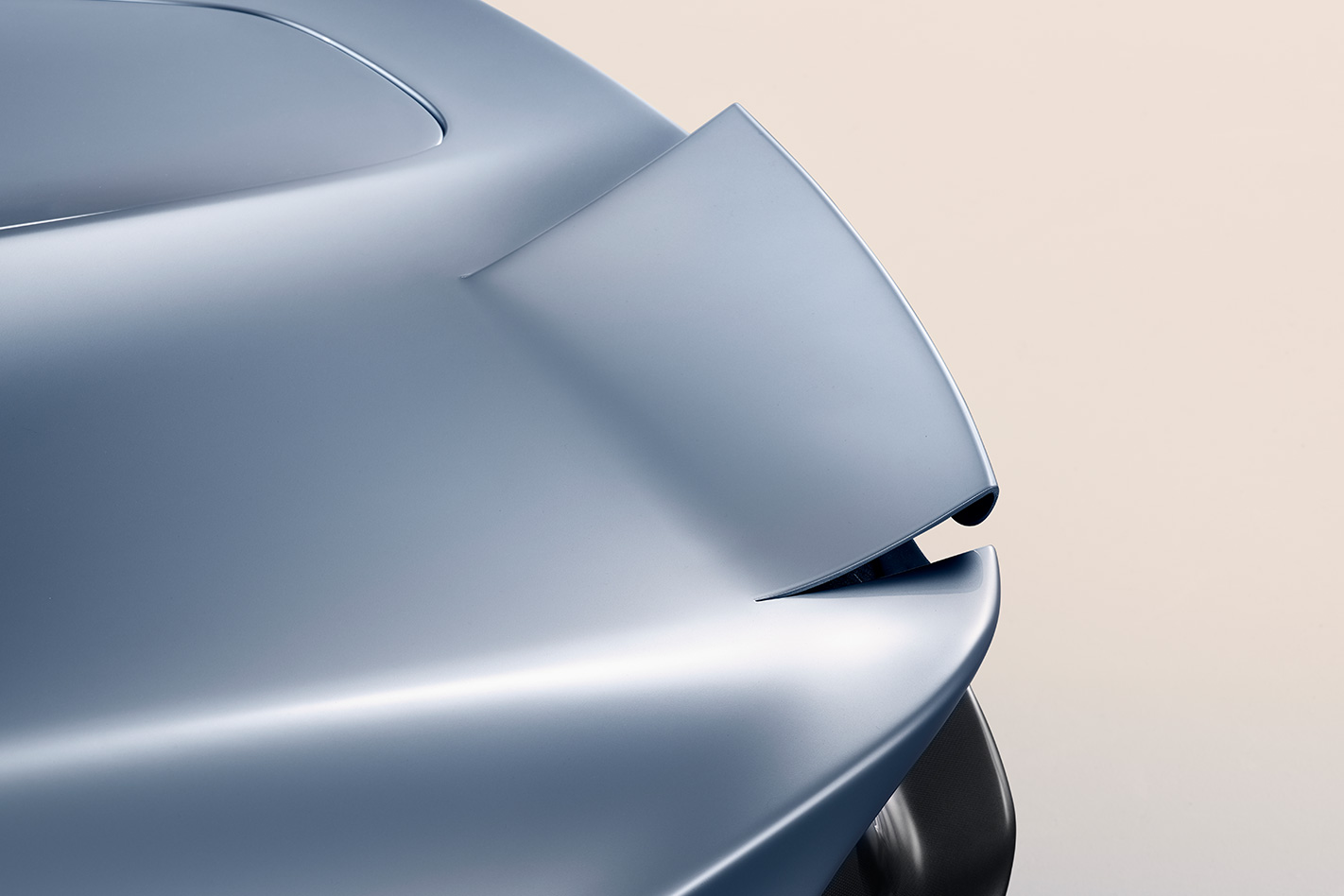
Inside the three-seat cabin, the Speedtail follows a pared back philosophy, with the sun visors being replaced by electrochromatic glass in the windscreen and roof that shifts to opaque at the touch of button. The traditional reading lights have been axed, too, replaced by a strip of LEDs embedded in the glass ceiling that are activated by touch.
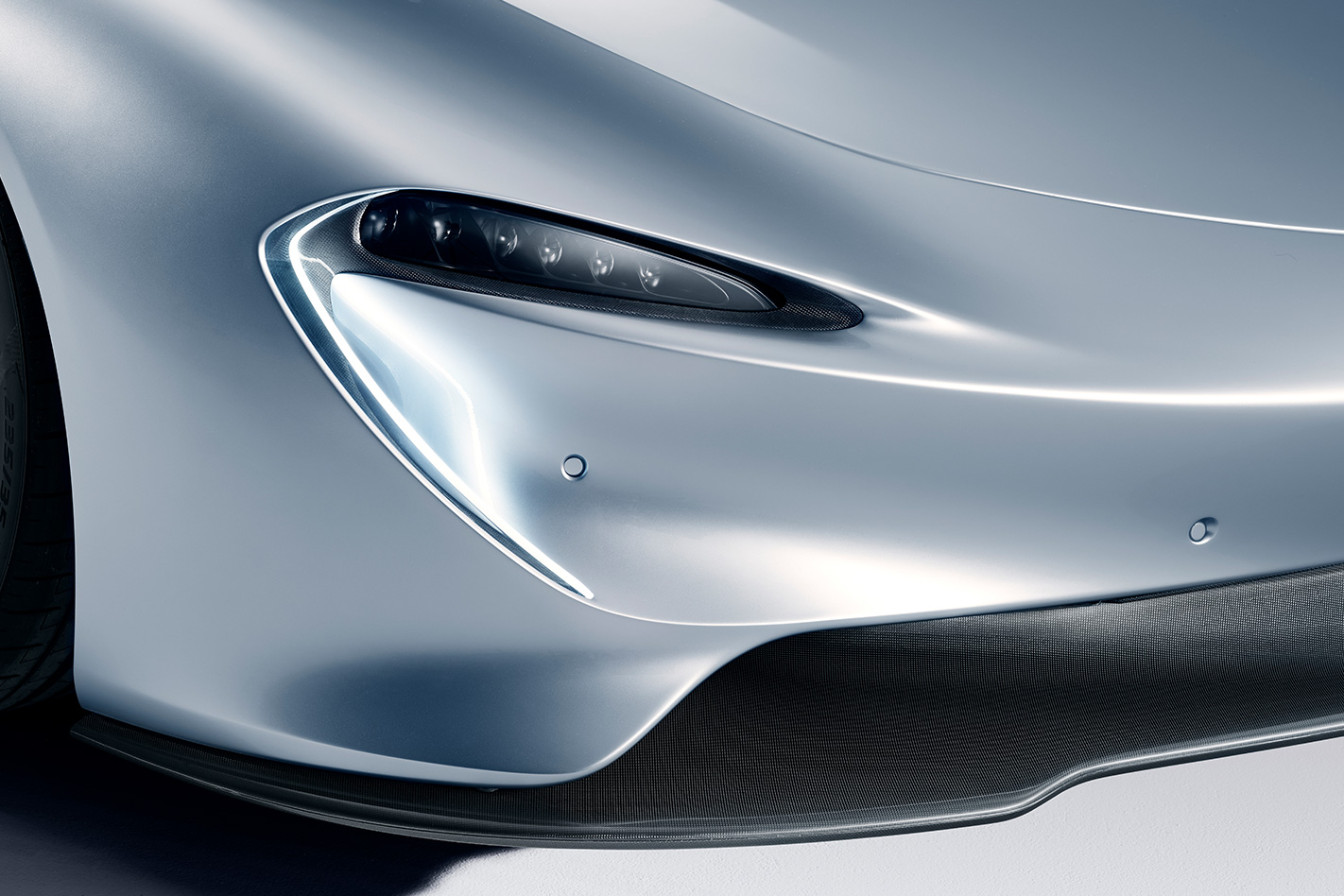
With no left-hand drive configuration (or right-hand drive for that matter), it remains unclear if a one percenter with discerning taste could bring a Speedtail to Australian roads in the future.


